#Psychropotes longicauda
Explore tagged Tumblr posts
Photo
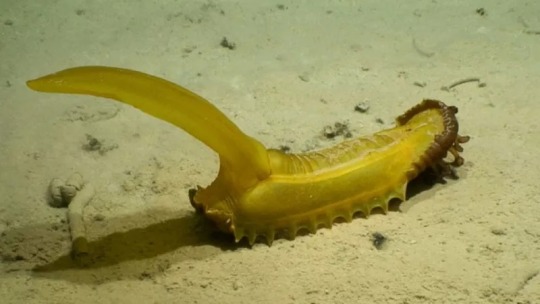
Gummy squrrel
A bizarre gelatinous creature that resembles a half-peeled banana was spotted by researchers in the Pacific Ocean. The creature, known as a gummy squirrel (Psychropotes longicauda), is actually a sea cucumber and was around 2 feet (60 cm) long.
(Image credit: DeepCCZ Expedition; Gordon & Betty Moore Foundaton and NOAA)
#deepccz expedition#gordon & betty moore foundation#noaa#photographer#gummy squirrel#pacific ocean#psychropotes longicauda#sea cucumber#marine#nature
2K notes
·
View notes
Text


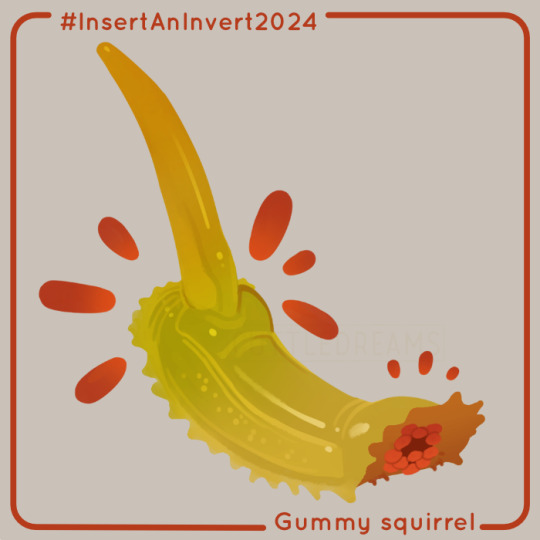
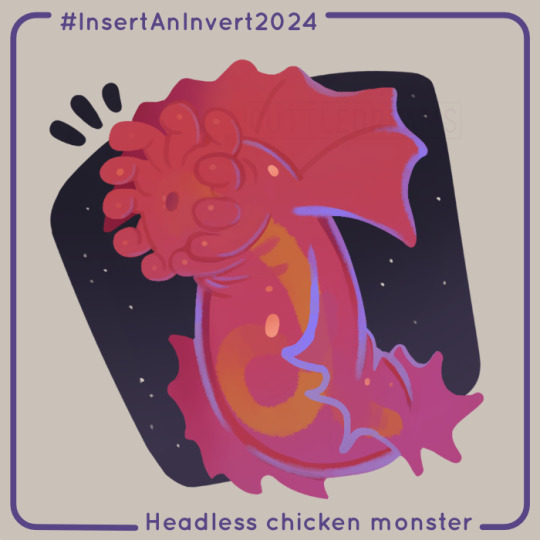
September Theme: Deep Sea
Mesopelagic: Gorgon's Head (Gorgonocephalus eucnemis)
Bathyal: Ping-Pong Tree Sponge (Chondrocladia lampadiglobus)
Abyssal: Gummy Squirrel (Psychropotes longicauda)
Hadal: Headless Chicken Monster (Enypniastes)
Fun facts under the readmore:
The Gorgon's Head is a basket sea star found in very cold oceanic environments, with bifurcating arms lined with a rubbery skin that gives them a distinct fleshy appearance. They use their arms to grab prey and pull it to their mouth!
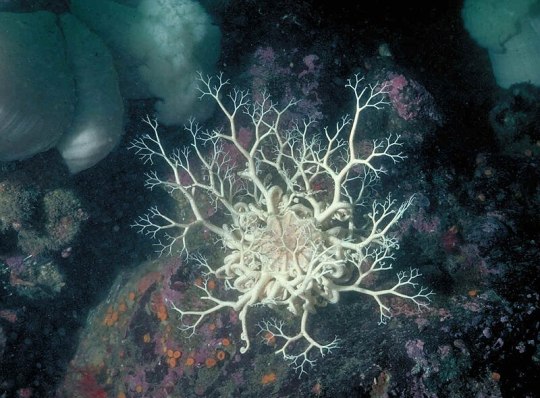
The ping-pong sea sponge is a very cool animal. Their inflatable sacs have tiny hooks across their surface which grab prey such as tiny crustaceans. Once caught, the prey are enveloped in a membrane and eaten.
(This photo cracks me up to tears every time, I love it)
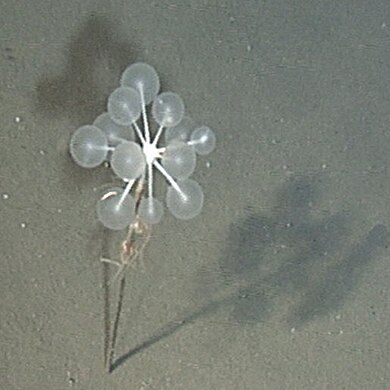
The gummy squirrel is a traveling sea cucumber who's defining feature is the tail-like appendage on its backside, which can grow to nearly the animal's entire body length in of itself.

And yet another sea cucumber, the iconic headless chicken monster is known for two things- looking like uncooked poultry, and being so translucent that its strikingly colored digestive track is visible. The way they eat is fantastic, as their mouth arms look like tiny grabby hands.
youtube
youtube
#cuttledreams#insertaninvert2024#gorgon's head#Gorgonocephalus eucnemis#Ping-Pong Tree Sponge#Chondrocladia lampadiglobus#Gummy Squirrel#Psychropotes longicauda#Headless Chicken Monster#Enypniastes#Youtube
57 notes
·
View notes
Text
Spectacular seafloor finds. 💜
This is Psychropotes longicauda, one of the sea cucumber species commonly observed at MBARI’s research site Station M. These sea cucumbers grow from 75 to 150 millimeters (three to six inches) long and feed on detritus that drifts down from surface waters. This group of sea cucumbers is found worldwide in very deep waters ranging from 2,000 to 6,000 meters (6,560 to 19,685 feet). Although they have the ability to swim, researchers aren’t exactly sure what the large fin is used for in this species.
Long-term studies at Station M have revealed that this species of sea cucumber seems to prefer eating older detritus that has been partially decomposed by bacteria. The observations made over the last three decades of research at Station M provide a glimpse into the dynamics of life on the ocean floor.
268 notes
·
View notes
Photo
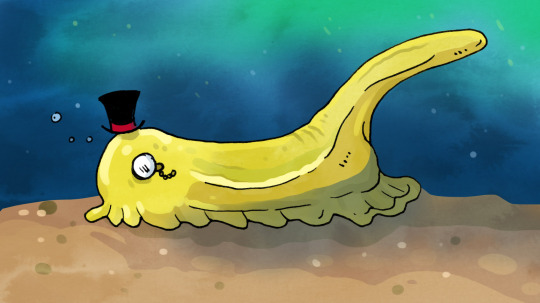
The sea cucumber Psychropotes longicauda, which is described as “cosmopolitan”, which apparently means that it can be found throughout the world (in this case, throughout the world’s oceans), but I also took it to mean that this cucumber is extremely fancy.
47 notes
·
View notes
Photo
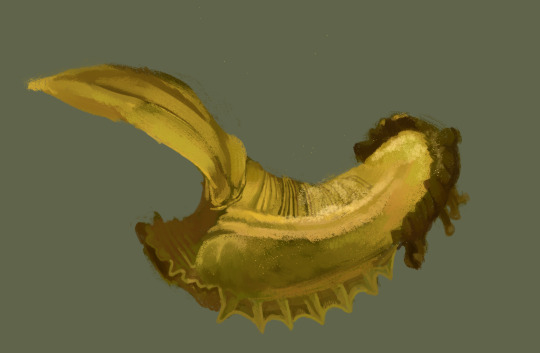
Psychropotes longicauda
5 notes
·
View notes
Photo

What an impressive spike you have on your head [ass?] You must be the envy of every other sea cucumber around. This Psychropotes longicauda was spotted on the seafloor off the coast of Japan. Image by the Japan Agency for Marine Earth Science and Technology.
49 notes
·
View notes
Photo

Psychropotes longicauda
...is a unique species of deep sea sea cucumber that is found throughout the Atlantic. It is noted for its unique tail which is located at its head. It uses this tail as a sail to glide across the sea floor.
Phylogeny
Animalia-Echinodermata-Echinozoa-Holothuroidea-Elasipodida-Psychropotina-Pyschropotidae-Psychropotes-longicauda
Image Source
#Psychropotes longicauda#Sea Cucumber#Deep Sea#Echinodermata#Holothuroidea#Atlantic#Ocean#Elasipodida#Psychropotina#Pyschropotidae#Psychropotes#echinozoa
94 notes
·
View notes
Photo
Psychropotes - Greek, cold water drinker, longicauda - Latin, long tail

Gummy squrrel
A bizarre gelatinous creature that resembles a half-peeled banana was spotted by researchers in the Pacific Ocean. The creature, known as a gummy squirrel (Psychropotes longicauda), is actually a sea cucumber and was around 2 feet (60 cm) long.
(Image credit: DeepCCZ Expedition; Gordon & Betty Moore Foundaton and NOAA)
2K notes
·
View notes